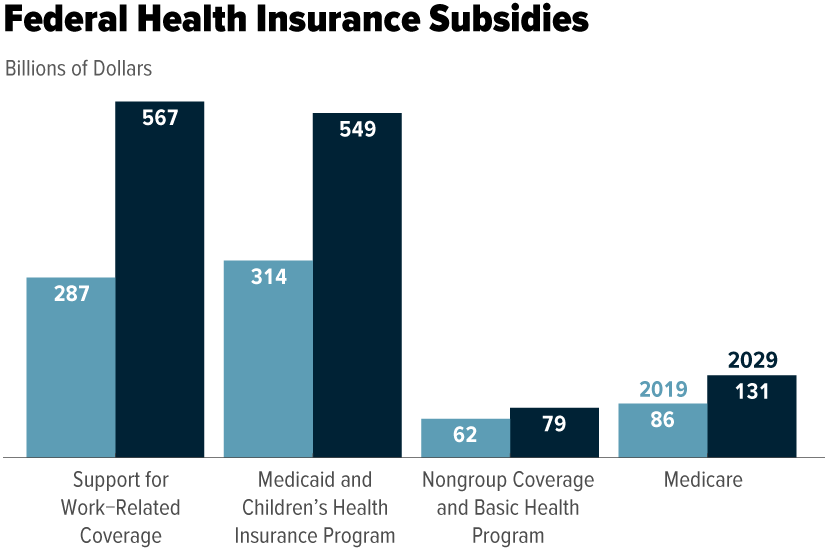Each country's having various policies and priorities has actually resulted in a range of distinctions existing between the systems. That said, each country supplies public healthcare to all UK permanent citizens that is complimentary at the point of use, being paid for from basic tax. In addition, each also has an economic sector which is substantially smaller than its public equivalent, with provision of personal healthcare acquired by methods of personal medical insurance, moneyed as part of an employer funded healthcare plan or paid straight by the consumer, though arrangement can be restricted for those with conditions such as HIV/AIDS.
These commissioning bodies do not provide services themselves directly, but acquire these from NHS Trusts and Structure Trusts, along with personal, voluntary, and social business sector companies. Health care in Australia is offered by both personal and federal government organizations. Medicare is the openly financed universal healthcare endeavor in Australia.
Medicare is funded partially by a 2% income tax levy (with exceptions for low-income earners), however mainly out of basic profits. An extra levy of 1% is imposed on high-income earners without personal medical insurance. Along with Medicare, there is a different Pharmaceutical Benefits Scheme that substantially subsidises a variety of prescription medications.
Structure upon less structured foundations, in 1963 the existence of a single-payer healthcare system in Spain was established by the Spanish federal government. The system was sustained by contributions from employees, and covered them and their dependants. The universality of the system was developed later on in 1986. At the very same time, management of public healthcare was handed over to the different autonomous communities in the country.
In addition, in parallel to the single-payer health care system there are personal insurance providers, which supply protection for some personal physicians and health centers. Companies will in some cases provide personal health insurance as a benefit, with 14. 8% of the Spanish population being covered under private medical insurance in 2013 - how to qualify for home health care. In 2000, the Spanish healthcare system was ranked by the World Health Company as the 7th best worldwide.

Medicare in the United States is a public healthcare system, but is restricted to persons over the age of 65, individuals under 65 who have particular impairments, and anybody with end-stage kidney illness. A variety of proposals have actually been made for a universal single-payer healthcare system in the United States, amongst them the United States National Health Care Act (popularly understood as H.R.
On July 18, 2018, it was revealed that over 60 Home Democrats would be forming a Medicare for All Caucus. Supporters argue that preventive healthcare expenses can conserve a number of hundreds of billions of dollars each year since publicly financed universal healthcare would benefit employers and customers, that employers would benefit from a larger pool of possible customers and that companies would likely pay less, would be spared administrative costs, and inequities in between employers would be decreased.
4 Simple Techniques For What Might Happen If The Federal Government Makes Cuts To Health Care Spending?
At over 27 million, the number of individuals without health Rehab Center insurance coverage in the United States is one of the main issues raised by advocates of healthcare reform. Lack of health insurance is connected with increased death about sixty thousand avoidable deaths annually, depending upon the study. A study done at Harvard Medical School with Cambridge Health Alliance showed that nearly 45,000 annual deaths are related to an absence of client medical insurance.
Backers of single-payer or Medicare for All note that minorities and the bad, in addition to rural locals in basic, are less able to pay for private medical insurance, which those who can need to pay high deductibles and co-payments that threaten families with financial ruin. Advocates likewise argue that single-payer might gain from a more fluid economy with increasing financial growth, aggregate need, corporate revenue, and quality of life.
Any national system would be spent for in part through taxes replacing insurance coverage premiums, however Browse around this site advocates likewise think cost savings would be understood through preventive care and the removal of insurance coverage business overhead and healthcare facility billing costs. A 2008 analysis of a single-payer costs by Physicians for a National Health Program estimated the immediate savings at $350 billion annually.
Opponents argue that access to healthcare lessens under single-payer systems, which the total quality of care suffers. Challengers likewise claim that single-payer systems trigger lacks of basic doctors and experts and lower access to medical innovation. Government is progressively included in U.S. health care spending, paying about 45% of the $2.
Nevertheless, studies have revealed that the publicly administered share of health costs in the U.S. may be closer to 60% since 2002. According to Princeton University health economic expert Uwe Reinhardt, U.S. Medicare, Medicaid, and State Kid's Health Insurance Program (SCHIP) represent "types of 'social insurance' coupled with a mostly personal health-care shipment system" instead of kinds of "socialized medication." On the other hand, he describes the Veterans Administration healthcare system as a pure form of mingled medicine due to the fact that it is "owned, run and financed by federal government." In a peer-reviewed paper released in the, scientists of the RAND Corporation reported that the quality of care received by Veterans Administration patients scored significantly greater overall than did equivalent metrics for clients currently using United States Medicare.
The act would establish a universal single-payer healthcare system in the United States, the rough equivalent of Canada's Medicare, the UK's National Health Service, and Taiwan's Bureau of National Health Insurance, to name a few examples. The costs was first presented in 2003 and has been reintroduced in each Congress considering that.
676 was expected to be debated and voted upon by the Home in September 2009, however was never discussed. In the wake of Bernie Sanders' 2016 governmental project, in which a push for universal healthcare featured prominently, single-payer proposals gained traction. Conyers reestablished his costs in your house of Representatives in January 2017.
The Ultimate Guide To Who Led The Reform Efforts For Mental Health Care In The United States?
In September of the same year, Sanders himself, together with 16 co-sponsors, presented a Medicare-for-all costs in the Senate (S. 1804). An analysis of a Mercatus Center research study of the 2017 proposal by economist Jeffrey Sachs https://www.openlearning.com/u/cassi-qahkbc/blog/WhatIsHealthCareCanBeFunForAnyone/ found that "it rightfully and straightforwardly concludes that M4A would provide more health care protection at lower cost than the status quo, predicting a net reduction in nationwide health expenses of roughly $2 trillion over a 10-year duration (2022-2031), while also allowing increased health care protection." The Congressional Budget Workplace and associated government companies scored the cost of a single-payer health care system several times since 1991.
A July 1993 scoring likewise led to favorable results, with the CBO mentioning that," [a] s the program was phased in, the administrative savings from switching to a single-payer system would balance out much of the increased demand for healthcare services. Later, the cap on the development of the nationwide health budget would hold the rate of development of spending below the baseline." The CBO also scored Sen.
The study examined both direct costs charged by insurers for profit, administration and marketing but also the indirect burden positioned on healthcare providers like health centers, nursing homes and physicians for expenses they incurred in working with personal health insurance companies including contract settlements, monetary and scientific record-keeping (variable and distinctive for each payer).
